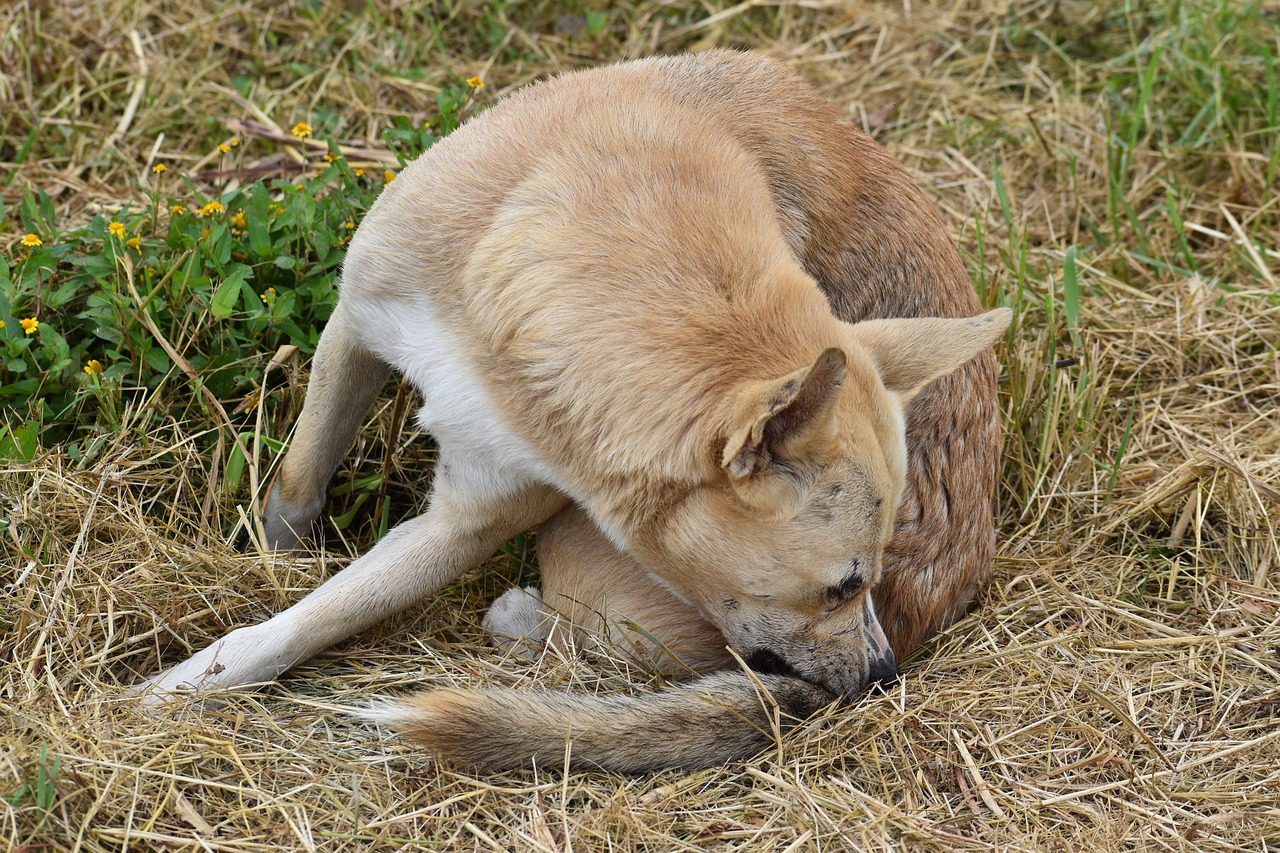Ah, the dreaded dog tick. It’s one of the most common parasites that come with owning a pet. Not only do they cause itchy bites and skin irritations, but they also carry diseases that can be harmful to humans and pets alike. So, where do dog ticks come from? Let’s take a look.
What Are Dog Ticks?
Dog ticks are small, eight-legged arachnids that attach themselves to the skin of our beloved pets. They feed on their blood and can cause itchy, red bites.
Even though they’re small, they’re still visible to the naked eye. They’re usually brown in color and can range from 1/16th to 1/8th of an inch in size.
Dog ticks can be found in a variety of environments, such as fields, forests, and even your own backyard. They like to hide in tall grass, shrubs, and other vegetation, so they’re always on the lookout for a furry host.
The most common species of dog ticks in the United States are the American dog tick, the brown dog tick, and the Lone Star tick.
Signs and Symptoms of Dog Ticks
If you have a dog, you should be on the lookout for signs and symptoms of dog ticks. The most common sign is itchy, red bites on your pet’s skin. Other signs include hair loss, skin irritation, and even lethargy. If you think your pet has a tick, it’s important to take them to the vet for a checkup.
In some cases, ticks can also attach themselves to humans. If you’ve been outdoors in a tick-infested area, it’s important to check your body for ticks.
Look for small red bumps or a small dark spot on the skin. If you find a tick, it’s important to remove it as soon as possible.
Different Types of Dog Ticks
There are several different types of dog ticks that can affect your pet. The most common type is the American dog tick, which is found in the eastern and western United States. This tick is reddish-brown in color and can grow up to 1/8th of an inch in size.
It’s most active during the summer months and is known to carry diseases such as Rocky Mountain spotted fever and tularemia.
brown dog tick
The brown dog tick is another type of tick that affects dogs. This tick is smaller than the American dog tick and is usually dark brown in color. It’s found in all parts of the United States and is known to spread diseases such as canine ehrlichiosis and canine babesiosis.
Lone Star tick
The Lone Star tick is the third most common type of tick in the United States. It’s usually reddish-brown in color and can grow up to 1/4th of an inch in size. This tick is most active during the summer months and is known to carry diseases such as Rocky Mountain spotted fever and tularemia.
Where Do Dog Ticks Come From?
So where do dog ticks come from? Dog ticks are found in a variety of places, from grassy fields to wooded areas. They’re most active during the summer months and are attracted to warm, humid climates. They can also be found in your own backyard, so it’s important to take precautions when you’re outside.
Ticks prefer to feed on animals, so they’re always on the lookout for a furry host. They usually attach themselves to the skin of their hosts, so it’s important to check your pet for ticks after a walk or hike. Ticks can also be carried indoors on clothing or on other animals, so it’s important to check your home for ticks as well.
How to Prevent Dog Ticks
The best way to prevent dog ticks is to avoid areas that are known to have ticks. If you’re walking or hiking in an area that has tall grass or shrubs, make sure to wear long pants and long-sleeved shirts. You can also use insect repellent to help keep ticks away.
If you have a pet, it’s important to check them for ticks after a walk or hike. Use a fine-toothed comb to check their fur, paying close attention to their ears, neck, and tail. If you find a tick, it’s important to remove it as soon as possible.
It’s also important to keep your yard free of ticks. Keep your grass cut short and remove leaf litter and other debris from your yard. If you find a tick in your yard, it’s important to treat it with an insecticide to kill any remaining ticks.
How to Remove Dog Ticks
If you find a tick on your pet, it’s important to remove it as soon as possible. You’ll need a pair of tweezers or a tick remover tool. Before you remove the tick, make sure to wear gloves and wash your hands with soap and water.
When you’re ready to remove the tick, grab the tick with the tweezers or tick remover tool. Gently pull the tick straight out until it releases its grip on your pet’s skin. Don’t twist or jerk the tick, as this could cause it to break off and leave its head embedded in your pet’s skin. Once the tick is removed, it’s important to dispose of it in a sealed container.
How to Treat Dog Ticks
If your pet has a tick, it’s important to treat them as soon as possible. Your vet will be able to recommend a treatment plan depending on the type of tick your pet has. In most cases, your vet will prescribe a topical medication or a course of oral antibiotics.
If your pet has a tick-borne illness, such as Rocky Mountain spotted fever or canine ehrlichiosis, your vet may recommend additional treatments. These may include a course of antibiotics or other medications to help manage the symptoms of the disease.
Diseases That Dog Ticks Carry
Dog ticks can carry several different diseases, including Rocky Mountain spotted fever, tularemia, and canine ehrlichiosis.
These diseases can be spread to humans and can cause serious health problems. It’s important to take steps to prevent ticks, as well as to treat any tick-borne illnesses quickly.
Conclusion
Ticks are an unfortunate part of owning a pet, but they don’t have to be a problem. By understanding where dog ticks come from and taking steps to prevent and remove them, you can help keep your pet safe and healthy. If you’re ever in doubt, it’s always best to consult your vet for advice.
If you’ve been outdoors in a tick-infested area, it’s important to check your body for ticks. Pay close attention to your skin and look for small red bumps or a small dark spot on the skin. If you find a tick, it’s important to remove it as soon as possible to prevent any potential illness.
Dog ticks can be a nuisance, but with the right precautions, you can keep your pet safe and healthy. By understanding where dog ticks come from, how to prevent and remove them, and how to treat any tick-borne illnesses, you can help keep your pet and yourself safe from harm.


